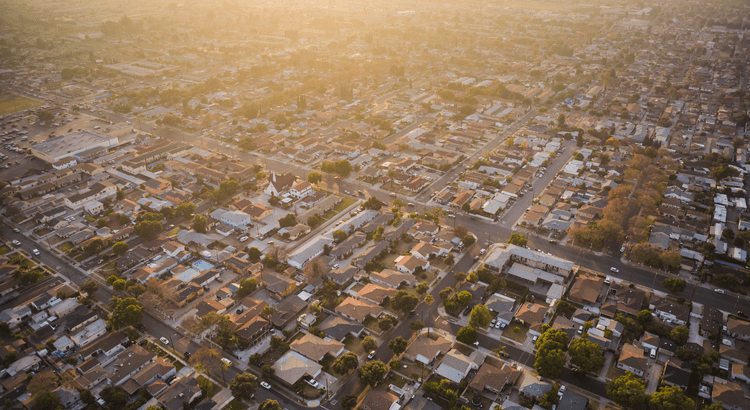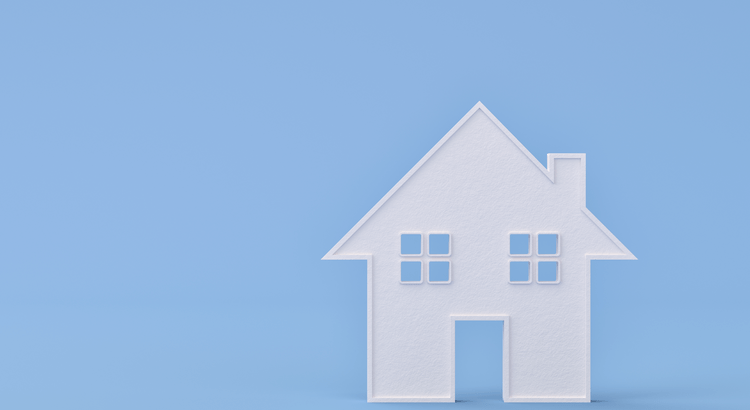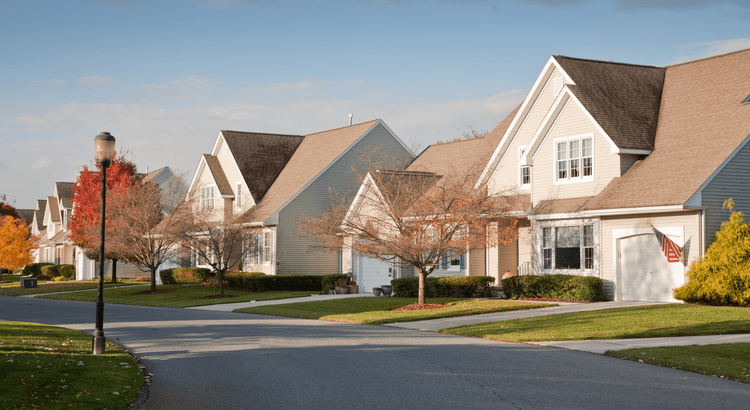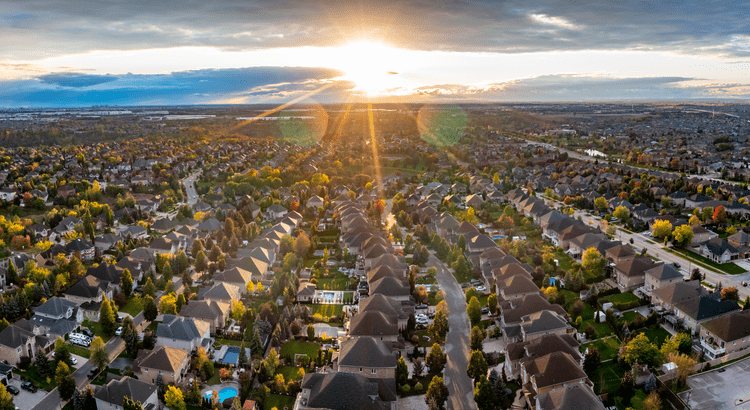
Why Today’s Foreclosure Numbers Won’t Trigger a Crash
With everything feeling more expensive these days, it’s natural to worry about how rising costs might impact the housing market. Many people are concerned that high prices and tighter budgets could cause more homeowners to fall behind on their mortgage payments, leading to a wave of foreclosures.

2025 Housing Market Forecasts: What To Expect
Looking ahead to 2025, it's important to know what experts are projecting for the housing market. And whether you're thinking of buying or selling a home next year, having a clear picture of what they’re calling for can help you make the best possible decision for your homeownership plans. Here’s an

Not a Crash: 3 Graphs That Show How Today’s Inventory Differs from 2008
Even if you didn't own a home at the time, you probably remember the housing crisis in 2008. That crash impacted the lives of countless people, and many now live with the worry that something like that could happen again. But rest easy, because things are different than they were back then. As Bus
Categories
- All Blogs (347)
- Buyers (160)
- Condos (2)
- Economy (1)
- Equity (4)
- Events (3)
- Featured Home (2)
- First-Time Home Buyer (69)
- For Sale By Owner (1)
- Foreclosures (3)
- Get A Life Pet Rescue (1)
- Informative (38)
- Luxury (2)
- Market Insight (75)
- Mortgage Rates (9)
- Renters (6)
- renting (3)
- Sellers (128)
- VA Loans (2)
- video (1)
Recent Posts










